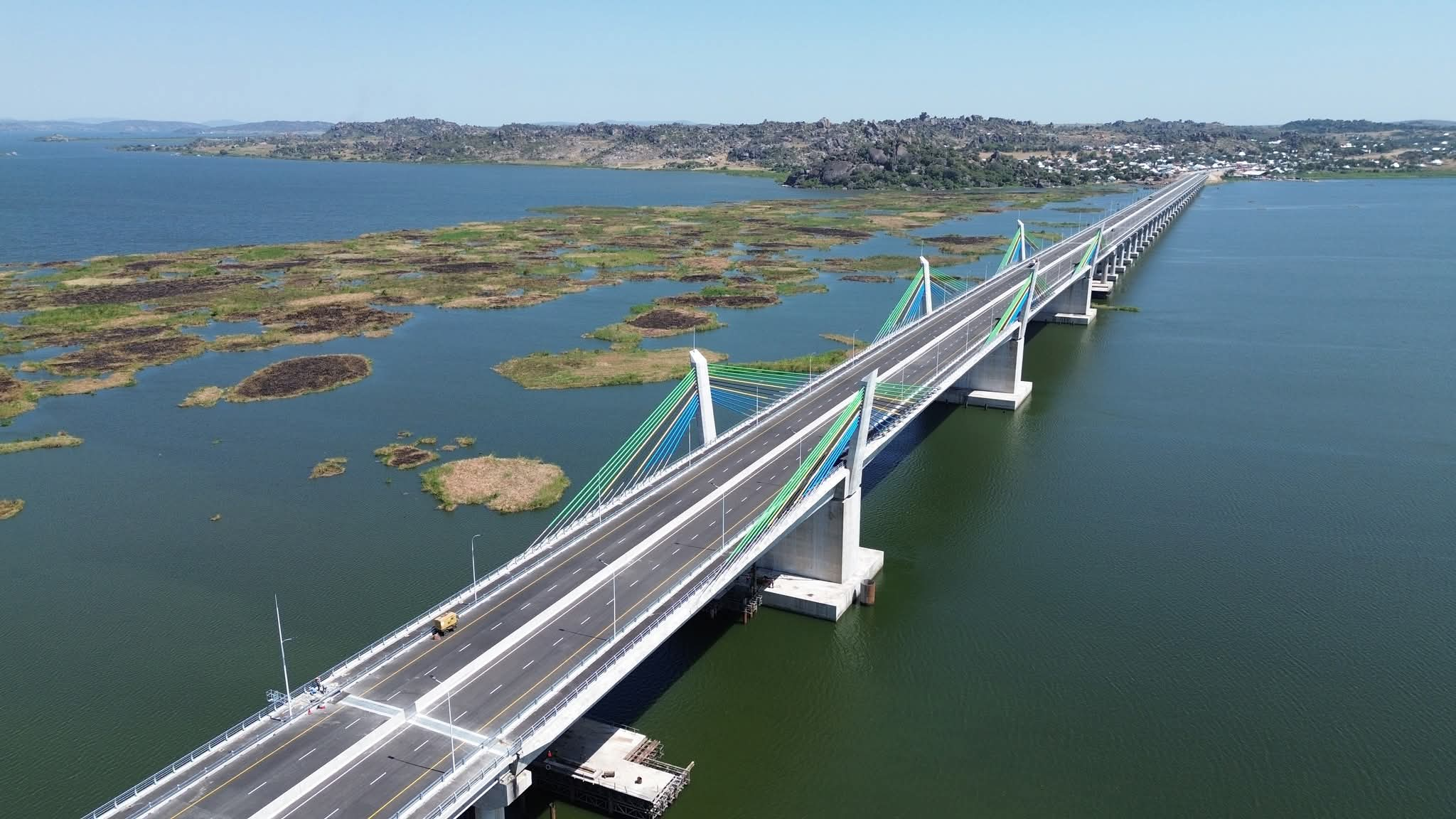AMAZING INFRASTRUCTURE: Germany's Upside Down Railway, the Wuppertal Schwebebahn
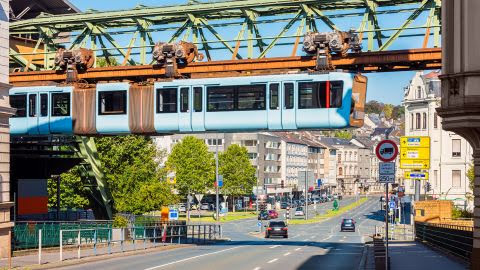
Did you know that the suspension railway in Wuppertal, Germany, known as the Wuppertal Schwebebahn, was constructed from 1898 to 1901 at the cost 16 million gold marks and is the oldest electric elevated railway with hanging cars in the world?
The Wuppertaler Schwebebahn (in English: Wuppertal Suspension Railway) is a suspension railway in Wuppertal, Germany. The line was originally called the Einschienige Hängebahn System Eugen Langen (English: Eugen Langen Monorail Overhead Conveyor System) named for its inventor, Eugen Langen. It is a unique system in Germany.
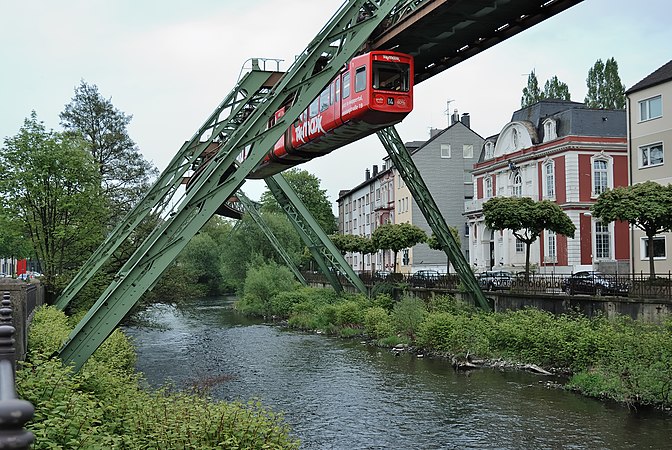
Langen first offered the technology to the cities of Berlin, Munich, and Breslau in Germany but all turned it down. However, the towns of Barmen, Elberfeld, and Vohwinkel along the banks of the river Wupper were intrigued by the technology’s ability to connect their communities.
Construction on the actual Schwebebahn began in 1898, overseen by the government's master builder, Wilhelm Feldmann. On 24 October 1900, Emperor Wilhelm II participated in a monorail trial run. In 1901 the railway came into operation. It opened in sections: the line from Kluse to Zoo/Stadion opened on 1 March, the line to the western terminus at Vohwinkel opened on 24 May, while the line to the eastern terminus at Oberbarmen did not open until 27 June 1903.
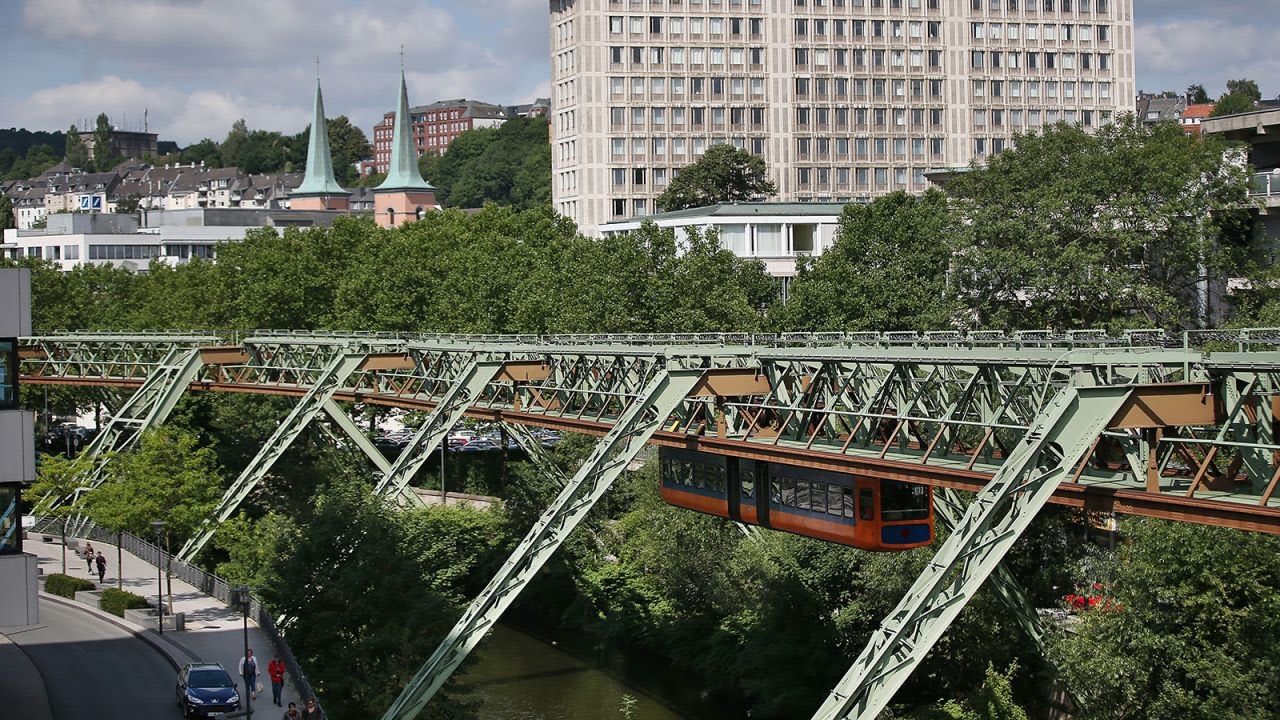
Around 19,200 tonnes (18,900 long tons; 21,200 short tons) of steel were used to produce the supporting frame and the stations. The construction cost 16 million gold marks (obsolete, now replaced with the Euro). The railway was closed owing to severe damage during World War II, but reopened as early as 1946.
The railway line is credited with growth of the original cities and their eventual merger into Wuppertal. The Schwebebahn is still in use as a local public transport line, moving 25 million passengers annually, per the 2008 annual report. New rail cars were ordered in 2015, called Generation 15, and the first new car went into service in December 2016.
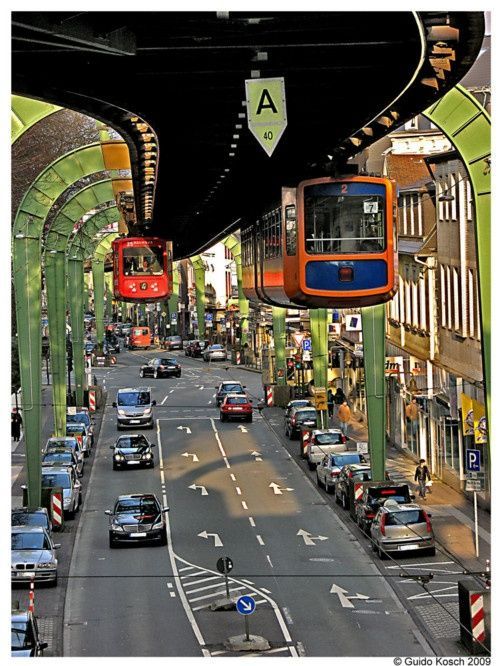
The Schwebebahn runs along a route of 13.3 kilometres (8.3 mi), at a height of about 12 metres (39 ft) above the river Wupper between Oberbarmen and Sonnborner Straße (10 kilometres or 6.2 miles) and about 8 metres (26 ft) above the valley road between Sonnborner Straße and Vohwinkel (3.3 kilometres or 2.1 miles). At one point the railway crosses the A46 motorway. The entire trip takes about 30 minutes. The Schwebebahn operates within the Verkehrsverbund Rhein-Ruhr (VRR) and accepts tickets issued by the VRR companies including the Deutschlandticket.
The Schwebebahn now carries approximately 80,000 passengers through the city per weekday. Since 1997, the supporting frame has been largely modernized, and many stations have been reconstructed and brought up to date technically. Kluse station, at the theatre in Elberfeld, was destroyed during the Second World War and was reconstructed during the modernization phase. Work was planned to be completed in 2001, but a serious accident took place in 1999 which left five people dead and 47 injured. That, along with delivery problems, delayed completion. By 2004, the cost of the reconstruction work had increased from €380 million to €480 million.
On 15 December 2009, the Schwebebahn suspended its operations due to safety concerns. Several of the older support structures needed to be renewed, a process that was completed on 19 April 2010. In 2012, the Schwebebahn was closed for significant periods to allow upgrades to the system: from 7 to 21 July and 6 August to 22 October, and on weekends in September (15/16) and November (10/11). The modernization was completed and the line fully reopened on 19 August 2013.
#penglobalfactfile #Germany
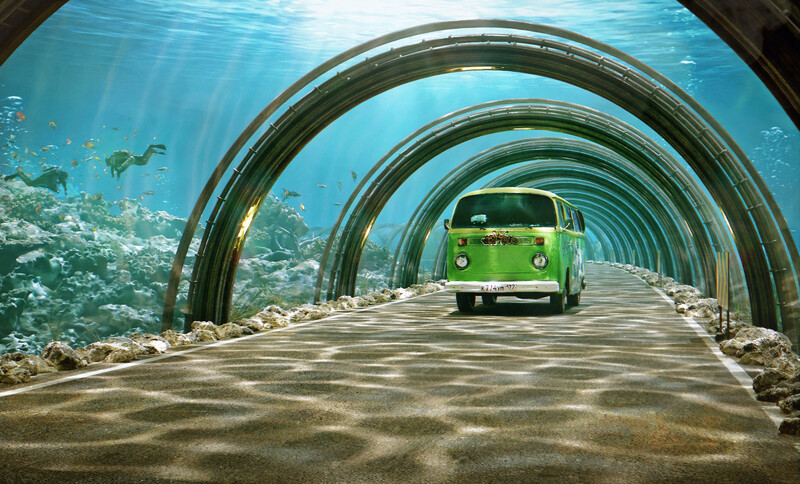

_1755775186.jpg)
